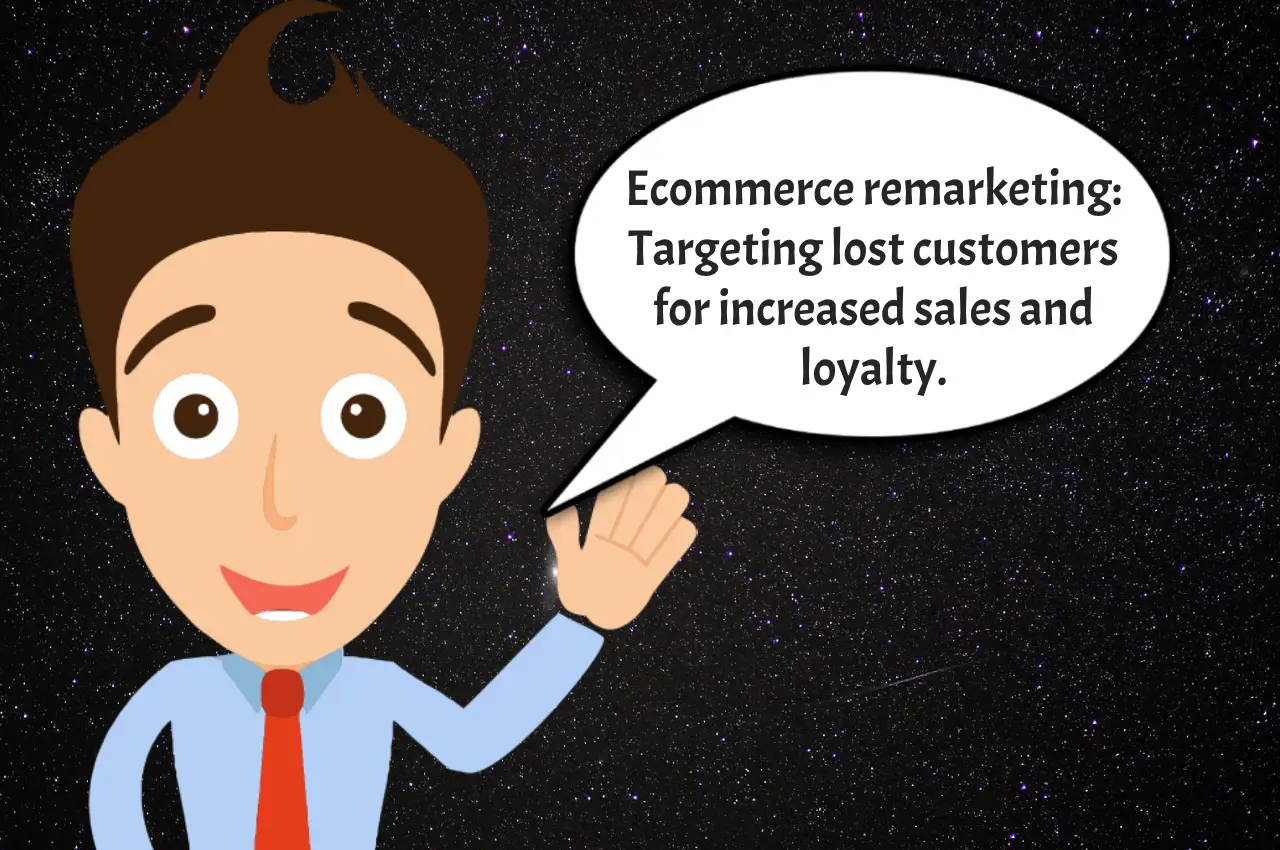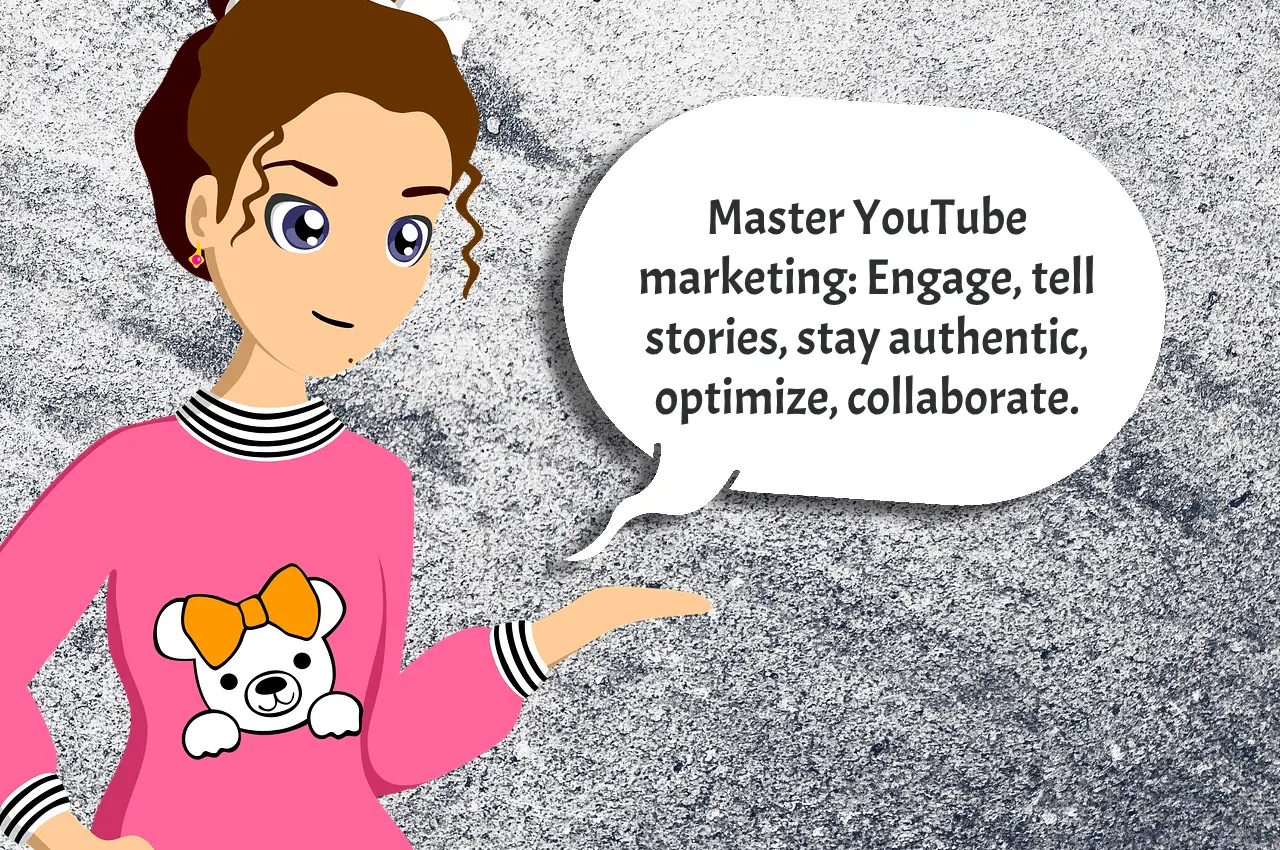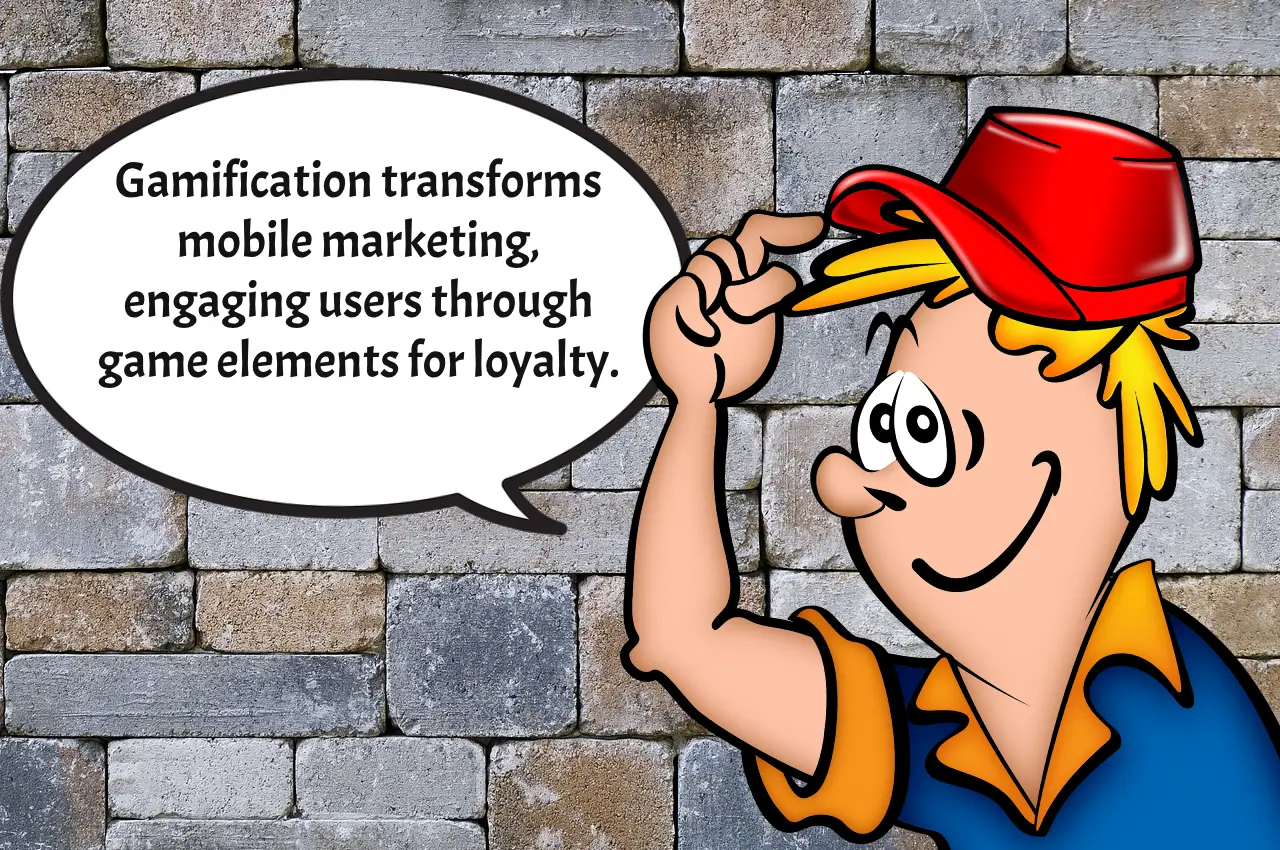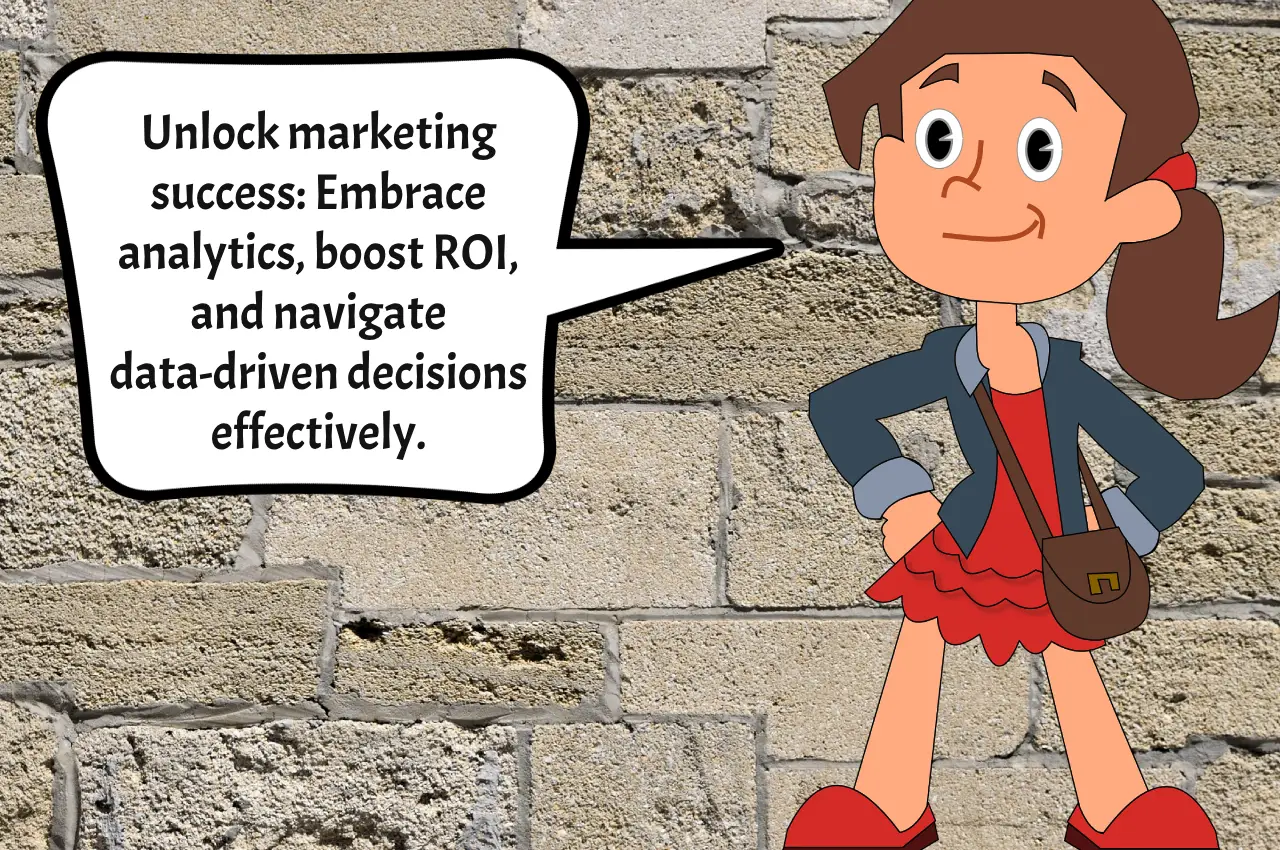Ecommerce businesses often face the challenge of lost customers. Remarketing is the key to winning them back. This strategy involves targeting individuals who showed interest in your products or services but did not complete a purchase. It’s a powerful way to reconnect and convert. Let’s explore how you can effectively use ecommerce remarketing to boost your business.
Understanding the Essence of Remarketing
Remarketing is more than just a series of ads; it’s a relationship-building tool. This approach allows you to reach out to potential customers who already know your brand. It’s about making a second impression, often stronger than the first.
Jane’s Fashion Hub noticed a high bounce rate on their website. They implemented a remarketing strategy that targeted visitors with personalized ads based on their browsing behavior. The result? A 35% increase in sales within three months.
The Role of Personalization
Personalization is the cornerstone of successful ecommerce remarketing. It involves tailoring your marketing messages based on individual customer data. This strategy creates a more engaging and relevant experience for your customers.
Personalization in Action: Mike’s Tech Store
Mike’s Tech Store used personalized emails to target customers who abandoned their carts. They included the names of the customers and the specific products left in the cart. This simple touch led to a 20% increase in recovered sales.
Leveraging Social Media Remarketing
Social media platforms are powerful tools for remarketing. They offer sophisticated targeting options that allow you to reach your desired audience with precision. Engaging content can re-capture the interest of lost customers.
Social Success Story: Bella’s Beauty Products
Bella’s Beauty Products used Instagram to remarket their products. They targeted users who visited their website but did not make a purchase. With attractive visuals and compelling copy, they achieved a 40% increase in return traffic.
Email Remarketing: A Proven Method
Email remains one of the most effective ecommerce remarketing channels. It allows you to directly communicate with customers who have shown interest in your products. Personalized emails can significantly boost your conversion rates.
Email Triumph: Alex’s Auto Parts
Alex’s Auto Parts sent out emails to customers who viewed specific products but left the site. The emails included special offers and detailed product information. This approach resulted in a 25% increase in sales from the targeted group.
Timing: The Critical Factor
Timing plays a crucial role in the success of your remarketing efforts. Sending a message too soon or too late can affect its effectiveness. Analyzing customer behavior can help you determine the optimal time to reach out.
Timing It Right: Olivia’s Organic Market
Olivia’s Organic Market discovered that their customers were most active online during weekend mornings. They timed their remarketing campaigns accordingly, resulting in a 30% increase in weekend sales.
Creating a Sense of Urgency
Urgency is a powerful motivator in ecommerce remarketing. Limited-time offers or low-stock alerts can encourage customers to take immediate action. This strategy can be particularly effective in converting hesitant customers.
Urgency Works: Phil’s Fitness Gear
Phil’s Fitness Gear introduced a 48-hour flash sale for cart abandoners. This urgency-led campaign saw a 60% increase in conversions, proving the effectiveness of time-sensitive offers.
Remarketing with Content
Content marketing can be a subtle yet effective remarketing tool. Sharing valuable content can remind customers of your brand and reinforce their interest in your products or services.
Content-Driven Remarketing: Emma’s Eco Store
Emma’s Eco Store shared blog posts about sustainable living, featuring their products within the content. This approach not only re-engaged old customers but also established the store as an authority in sustainability.
Navigating Privacy in Remarketing
Adhering to privacy laws is crucial in ecommerce remarketing. Ensure your strategies are compliant with regulations like GDPR and CCPA. Transparency in data usage and providing opt-out options are essential.
The Learning Curve in Remarketing
Remarketing is a continuous process of learning and adapting. Analyzing the performance of your campaigns can provide valuable insights. Use this data to refine and improve your remarketing strategies.
Wrapping It Up
Remarketing is an invaluable tool in your ecommerce arsenal. It’s not just about recovering lost sales; it’s about fostering lasting customer relationships. Implement these strategies, and watch your customer base, and loyalty, grow.
Now, I turn the spotlight on you. Which ecommerce remarketing strategy have you found most effective? Do you have a success story or a question about ecommerce remarketing? Share your thoughts in the comments below. Let’s exchange ideas and grow together in the ever-evolving world of ecommerce!





